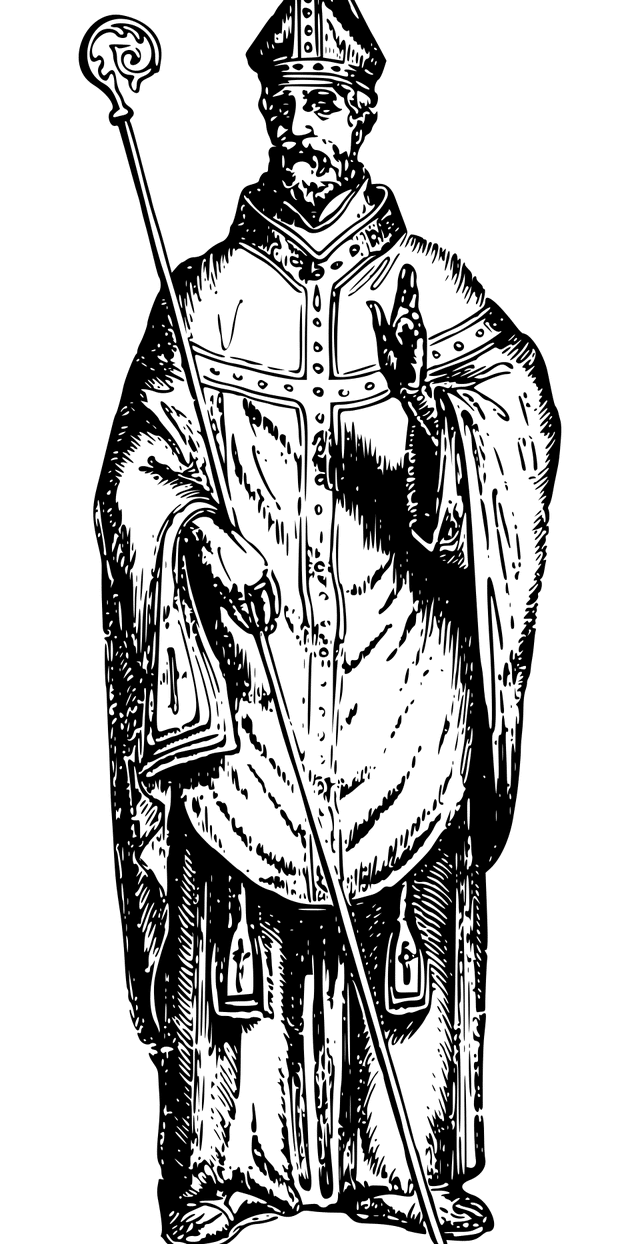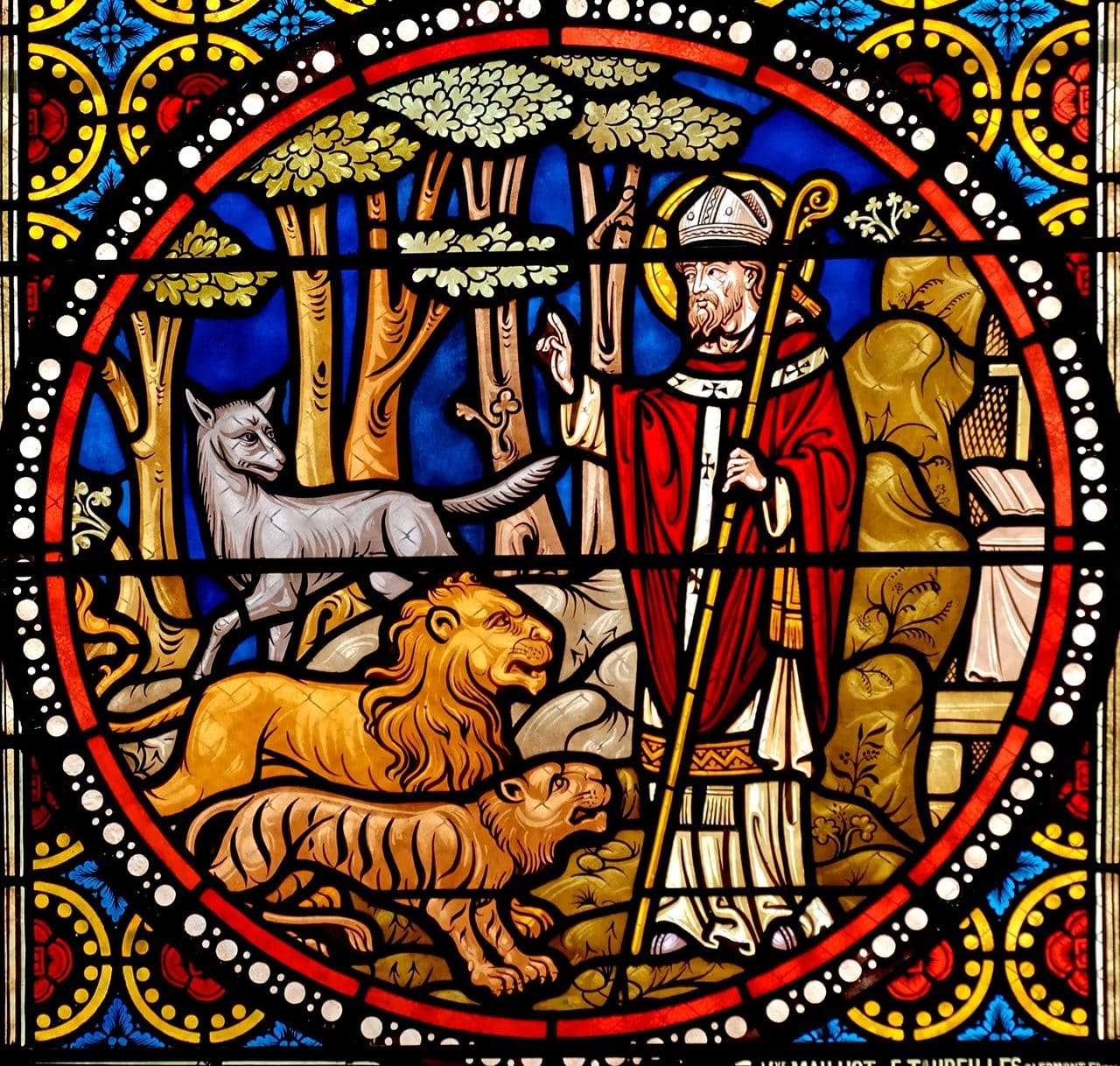
An abbot is the head of an abbey.
An abbot is a religious person who holds the senior position in a type of monastery known as an abbey . The concept, according to what is detailed in the dictionary of the Royal Spanish Academy ( RAE ), comes from the Latin word abbas .
The abbot, therefore, is the spiritual father , leader and person in charge of an abbey . In its origins, the notion was not linked to a hierarchy or a formal position , but was an honorific title . The honor arose in Syrian monasteries and then began to be implemented in Europe .
Way of life of an abbot
Regarding the way in which the abbots lived before the formal organization, it is known that they were hermits, who pursued through their actions and customs a state in which their spirit was freed from the material world. It was precisely thanks to this discipline that they could achieve a degree of knowledge and harmony that attracted other religious people to congregate around them.
Far from being a selfish attitude or a symbol of lack of interest in the rest of human beings, the isolation of the first abbots had purposes of spiritual enrichment and reflection that later also benefited those who followed them. For example, when they reached a level of food production sufficient for their own consumption, they did not hesitate to share the surplus with others.

Many abbots transcended their time.
The relevance of Saint Benedict of Nursia
One of the most important names in this context is that of Saint Benedict of Nursia , a Christian presbyter who lived between the end of the 5th century and the middle of the 6th century in the Byzantine Empire . He is considered the precursor of Western monastic life . He was the founder of the Benedictine order, which had the objective of making monasteries self-sufficient, that is, based on autarky , since until then they were usually organized around a church.
Saint Benedict of Nursia enjoys several symbolic titles, such as being patriarch of Western monasticism and patron of Europe . The concept of monasticism , for its part, is defined as the commitment to the lifestyle described above, characterized by asceticism and devotion to a religion , following a certain number of rules. In this regard, Saint Benedict was the author of "The Holy Rule " , which has inspired various communities; It is a work composed of a prologue and 73 chapters in which he established certain principles that he considered fundamental for life in the monastery, such as "praying and working."
When the title began to become popular, it came to name the superior of a monastery organized as a community , which acquired the name of abbey. At the end of the 15th century , abbot was already an ecclesiastical institution, like bishop and others.
In this way, the abbots became, in addition to being religious, authority figures who governed the abbeys. They had jurisdiction over the monastery and over the subjects, they could consecrate churches and give blessings, among other matters.
Other important abbots
In addition to the aforementioned Saint Benedict , there were many other abbots of great historical importance in the Catholic church. San Antonio Abad ( 251 – 356 ), for example, was the creator of the eremitic movement.
Suger of Saint-Denis, Egidio Abad y Saint Molaise son otros abades que, por sus acciones y sus logros, alcanzaron relevancia a lo largo de la history.
From an iconographic point of view, the representation of the abbot must include the abbot's cross in his hand, the habits corresponding to his order and, in the case of mitered abbots, the headdress known as the miter , characterized by being high and finish on point.
Expressions with the term
There are some expressions in the Spanish language that include the word abbot , such as the following: cara de abbot , which refers to a red, thick and plump face; give oneself an abbot's life , referring to leading a good life; and abbot's table , which means not skimping on expenses when eating.
These phrases are used in some regions, but not in others. That's why in certain places they can seem strange.
